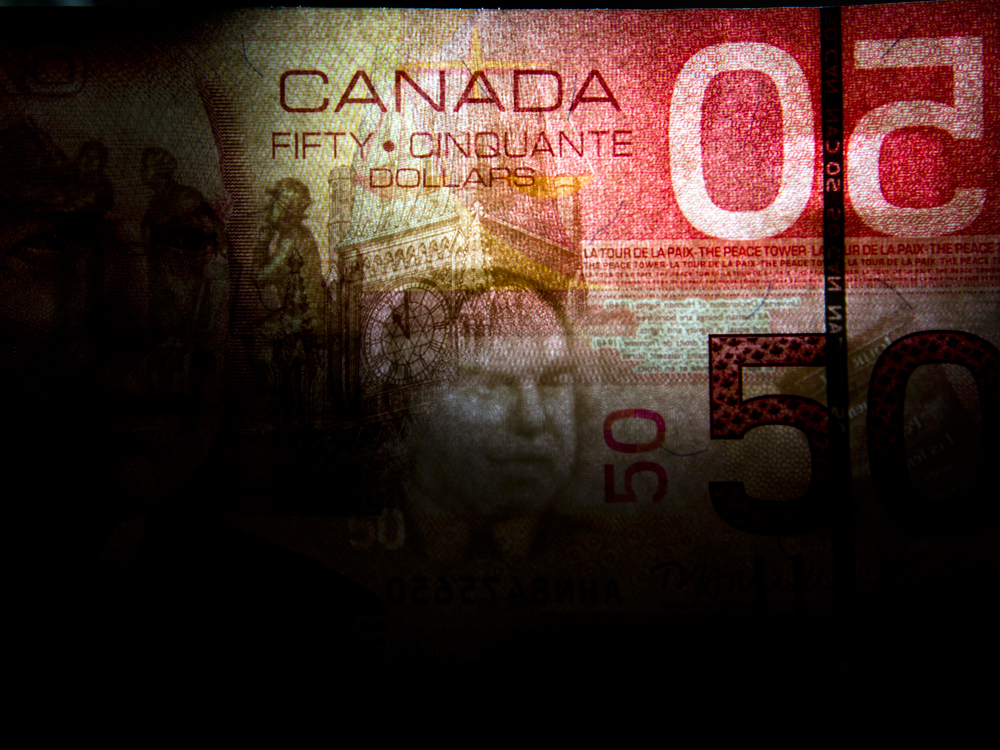Canada has joined the U.S. in the inverted yield curve club, signalling a growing risk of recession that may keep Stephen Poloz on hold for his final 14 months as head of Canada’s central bank.
The yield on Canada’s 10-year bond dipped to 1.6 per cent Friday, or six basis points lower than the rate on the three-month Treasury bill. That hasn’t happened since 2007, at the start of the financial crisis sparked by a housing crash in the U.S.
The so-called inverted yield curves in both the U.S. and Canada reflect concerns that a global economic slowdown will keep the Federal Reserve and the Bank of Canada from raising rates – and may even prompt a rate cut if it worsens.
“A rate cut would require signs that the economy is declining,” said Craig Alexander, chief economist at Deloitte Canada, in a television interview with BNN Bloomberg Friday. Still “the inverted yield curve is troubling. Inverted curves have often been accompanied by recession.”
Yields on government bonds have fallen in recent weeks amid weakening economic data in Canada, including lower than expected growth in the last quarter of 2018. The Federal Reserve Wednesday tilted even more dovish and the German bond yield returned to zero Friday as Europe’s largest economy weakens.
“Signs of a global slowdown are real,” said Alexander, who has also worked at the Conference Board of Canada and Toronto-Dominion Bank. “This certainly puts the Bank of Canada on hold.”
Investors are buying top-rated government securities in Canada as retail sales unexpectedly declined in January, reinforcing concerns that consumers may no longer be able to drive the economy with household debt at record levels and borrowers facing higher costs following five rate hikes by the Bank of Canada. Economists forecast growth of 1.5 per cent this year, down from 1.8 per cent in 2018, according to Bloomberg surveys.
Canadian bond investors have been rewarded by the plunging yields, with an aggregate index of Canadian debt returning 4.1 per cent this year, compared with a 2.6 per cent gain for a comparable U.S. gauge, according to Bloomberg Barclays indexes.
On Hold
Investors appear to be betting on a pause by the Bank of Canada for now. Toronto-Dominion earlier this month shifted its view and now expects the overnight rate to remain at 1.75 per cent through the end of 2020. That would mean Poloz has already made the last rate hike of his tenure, which ends in June 2020.
If there is any move this year, it’s more likely to be a cut, based on trading in the swaps market. Chances of a rate cut at the Bank of Canada meeting in September have risen to about 32 per cent, from 21 per cent a week ago, according to swaps rates. Traders assign close to a zero per cent chance of a hike by then. There is a 24 per cent chance of a rate cut at the July meeting.
Still, not all experts agree that the inversion of the yield curve is a leading indicator of the Canadian economic picture.
Canada’s curve has historically been flatter than other G-10 countries due to factors including a large number of insurers and pension funds that demand long-term bonds, as well as “extremely stable inflation expectations,” after the Bank of Canada was the first adopter of inflation targeting in the mid-90s, said Ian Pollick, head of rates strategy at Canadian Imperial Bank of Commerce.
“There is no sign of macro portrayal in the shape of the curve,” said Pollick.
Bloomberg.com

